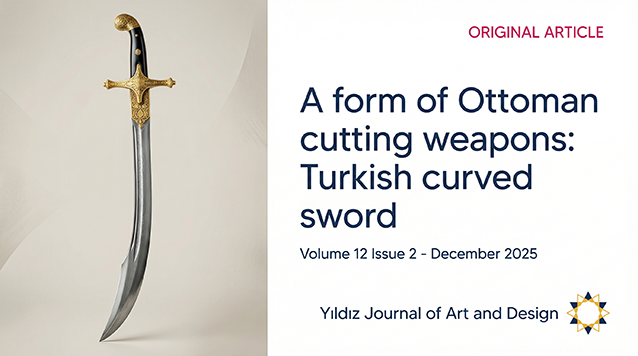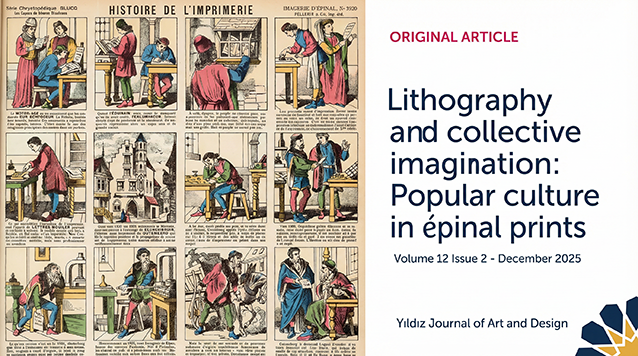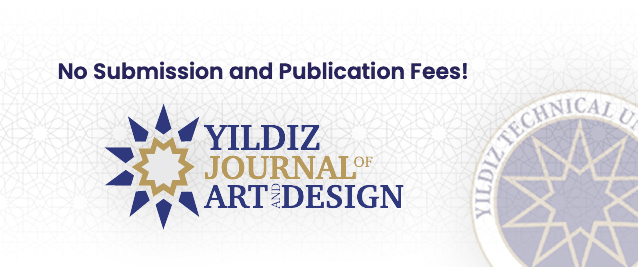Abstract
hroughout history, artists who have engaged with the concept of memory have utilized images as tools due to their characteristics such as archival value, documentary potential, and mnemonic properties. Particularly in conjunction with technological advancements, art has become increasingly intertwined with images in contemporary society. As a result, the content and producibility of photography, one of these visual tools, are undergoing significant changes. The exposure of memory to an excessive number of photographs can disrupt its inherent structure and compromise its capacity for creating or evoking memories. Consequently, the ability of memory to select and navigate this surplus of images becomes crucial. In this regard, understanding how information can be encoded and rendered durable in memory assumes paramount importance. In this research, the coding of a piece of information to make it permanent has been investigated by examining Roland Barthes’ studium and punctum concepts in particular. Additionally, the advent of post-photography has brought about changes in the structure of traditional photography. Photographs now possess the capacity not only to encapsulate memories but also to engender new ones. Discussions surrounding the veracity of photography have transformed in these contexts, particularly in the wake of modernism. This research primarily explores the condition of photography following the advent of postmodernism, the evolving role of photography in art, and its relationship with memory. The excess of visual stimuli can lead not only to memory loss but also to the construction of new memories. Just as remembering and recollecting are, memory loss is also inherent in human nature. Just as memory is collective, memory loss can also be collective. Art theorist Nicomedes Suárez-Araúz contended that memory loss was embedded within every fragment intended for recollection. Thought sand memories are shaped by the process of memory loss, not only in terms of formation but also distortion. Hence, it is impossible to consider memory separate from memory loss. As a result of all these contexts, it appears plausible that being exposed to an excessive number of photographs serves memory loss more than implying a connection to the past. Suárez-Araúz also suggested that memory loss entailed the construction of a new form of memory.
Tarih boyunca bellek kavramıyla uğraşmış sanatçılar arşiv, belge, anı gibi özelliklerinden dolayı görüntüleri araç olarak kullanmışlardır. Özellikle teknolojinin gelişimi ile birlikte günümüz-de sanat görüntülerle daha da iç içe geçmiş durumdadır. Bu görüntü araçlarından biri olan fotoğrafın hem içeriği hem de üretilebilirliği bu doğrultuda değişmektedir. Belleğin çok fazla fotoğrafa maruz bırakılması yapısı gereği anı yaratımı ya da anımsatıcı özelliğini bozabilmekte-dir. Bundan dolayı belleğin bu görüntü fazlalığından seçim yapabilmesi önem kazanmaktadır. Bu doğrultuda önce bellekte bir bilginin nasıl kalıcı olacağı önemlidir. Bir bilginin kodlanarak kalıcı hale getirilmesi bu araştırmada özellikle Roland Barthes’ın studium ve punctum kavram-ları irdelenerek araştırılmıştır. Ayrıca post fotoğrafla birlikte geleneksel fotoğrafın da yapısının değiştiği ortadır. Artık fotoğraflar anı barındırmak yerine yaratabilme yetisine de sahip olma özelliği taşıyabilmektedir. Modernizmle birlikte fotoğrafın gerçeklik tartışmaları bu bağlamlar-da değişmiştir. Bu araştırma özellikle postmodernizm teorisi sonrası fotoğrafın durumu, sanat-taki konumunun nasıl değiştiği ve bellekle olan ilişkisi üzerinedir. Görüntü fazlalığı bir bellek yitimine aynı zamanda yeni bir bellek inşasına sebebiyet verebilmektedir. Hatırlama, anımsama ne ise bellek yitimi de insan doğasında vardır. Bellek nasıl kolektif ise bellek yitimi de kolektif olabilir. Sanat teorisyeni Nicomedes Suárez-Araúz bellek yitiminin anımsamaya yönelik her parçanın içerisinde olduğunu söylemektedir. Düşünceler ve anılar bellek yitimi ile şekillen-dirilir. Sadece şekillendirme değil saptırılır da. Bu doğrultuda belleği, bellek yitiminden ayrı düşünemeyiz. Bütün bu bağlamlar sonucunda çok fazla fotoğrafa maruz kalmamızın geçmişi imlemesinden daha çok bellek yitimine hizmet ettiği olası gözükmektedir. Suárez-Araúz bellek yitiminin yeni bir belleğin inşası anlamına da geldiğini belirtmektedir.















